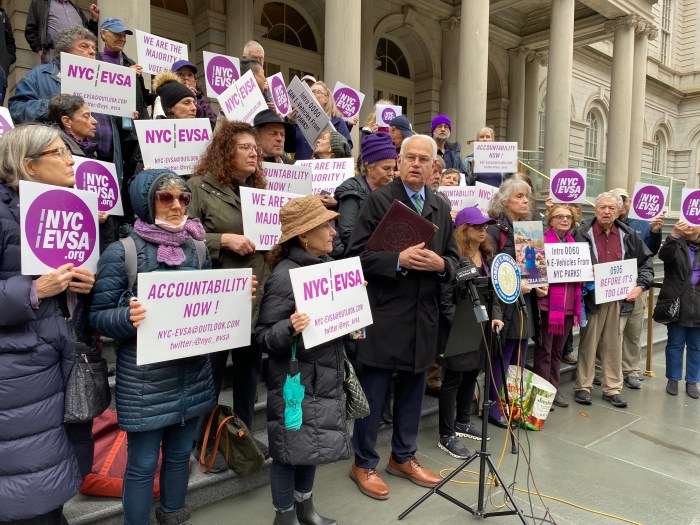
An MTA panel examining the subway and commuter rails after a spate of derailments, including a fatal one in the Bronx last year, ripped into Metro-North Wednesday for lax safety climate and problems in track maintenance.
The Blue Ribbon Panel — set up two months before a Metro-North train last December went off the track, killing four passengers — released a 50-page report that said that “fundamental rebuilding needs to occur” in the agency’s safety culture. The report also said Metro-North’s track maintenance program was in “‘firefighting’ mode.”
“The panel found the MTA has already taken significant steps to address these challenges, though we have a lot of work before us,” MTA chief Thomas Prendergast said.
Prendergast has already appointed a chief safety officer to report to him, while Metro-North and Long Island Rail Road got new lead safety officials. Metro-North’s new leadership had also lowered the rail road’s goal for meeting its schedule to emphasize safety.
“Metro-North’s new president, Joseph Giulietti, has made it clear that at every level of every department of the railroad, safety is the top priority,” said MTA spokesman Aaron Donovan. “Every decision being made is now being made with that in mind.”
The Long Island Rail Road, where an equipment train derailed last year, had a safety culture that was “performing fairly well” and that safety was a “leading element in all training.” Still, for Metro-North and LIRR, the report suggested that more time for maintenance and inspection gets built into the train schedule.
For both railroads and the subways, the panel said they need better computerized system for plugging in information from track inspections so that there is “a clear path from data to decisions” that is accessible “from the track inspector to the CEO.”

































